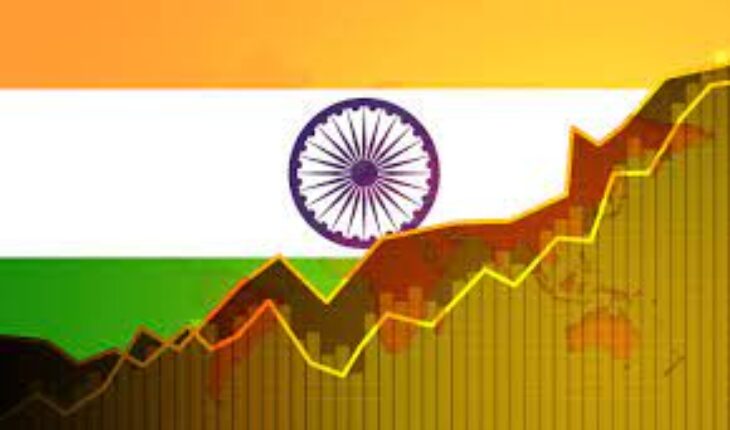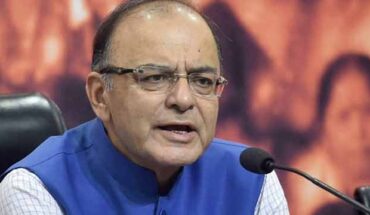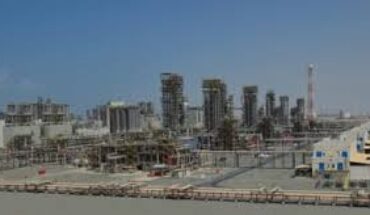New Delhi : The Indian economy is anticipated to witness a growth rate of 6.5 per cent during the Fiscal Year (FY) 2024-25, as forecasted by India Ratings and Research (Ind-Ra).
The agency’s estimation, while 50 basis points (bps) lower than the Reserve Bank of India’s (RBI) projection of 7 per cent, aligns with the International Monetary Fund’s (IMF) forecast of 6.5 per cent.
Notably, the current fiscal year is expected to close with a growth rate of 7.3 per cent.
Ind-Ra attributes the ongoing economic recovery to various factors, including sustained government capital expenditure (capex), robust corporate performance, reduced corporate and banking-sector debt burdens, stable global commodity prices, and the anticipation of a new private capex cycle.
Highlighting the prospect of private investments accelerating, Ind-Ra suggests that a potential return of the present government to power could further bolster this trend.
Sunil Kumar Sinha, Principal Economist at Ind-Ra, emphasised during a press conference that lead indicators indicate a resurgence in private corporate sector confidence towards investments.
While acknowledging that the realisation of these intentions on the ground might take time, Sinha noted a discernible shift in corporate approaches towards financing projects.
The agency disclosed that in 2022-23, a substantial Rs 3.53-lakh crore was raised to fund 982 large projects exceeding Rs 1,000 crore each, reflecting a notable increase from the Rs 1.98-lakh crore raised for 791 such projects in the preceding fiscal year.
Despite being in the early stages, the private capex cycle is gaining momentum, buoyed by companies’ growing confidence amidst perceptions of reduced external shocks.
Sinha emphasised the rise in demand, foreseeing a surge in capacity utilisation in the private sector, particularly in segments like cement and steel, where utilisation levels have already surpassed 80-85 per cent.
However, the agency sounded a note of caution regarding consumption demand, highlighting its skewed nature favouring higher-income households.
Sinha warned that failure to pass on increased input costs to output prices could potentially erode corporate margins and hinder value addition.
While the outlook for the Indian economy appears optimistic with the projected growth and the anticipated uptick in private investments, challenges such as uneven consumption patterns and managing input costs persist, necessitating prudent economic policies and strategies to sustain the momentum of recovery.






